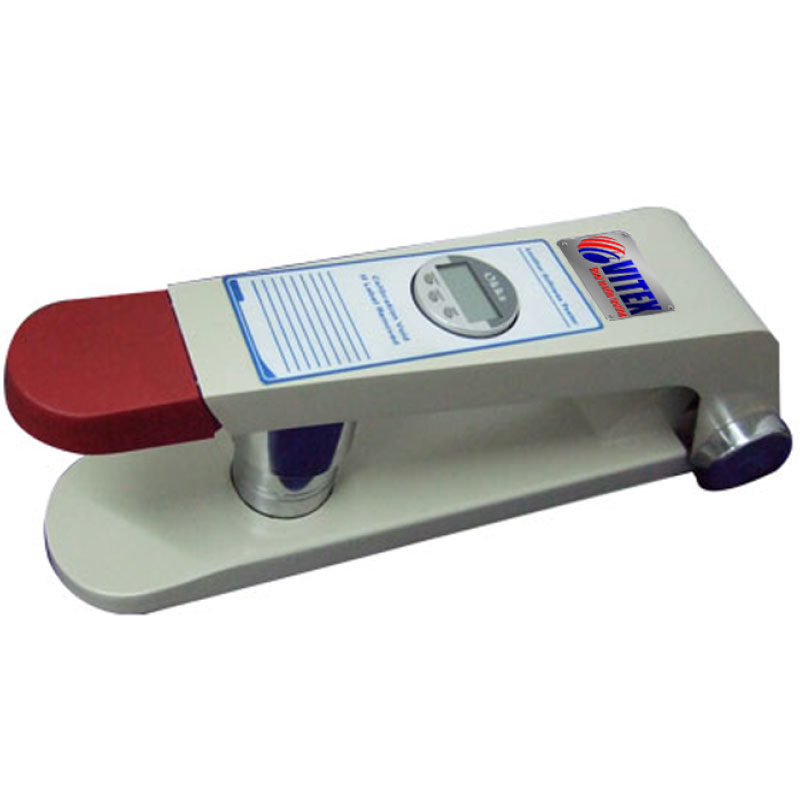Application
Leather Softness Tester, to determine the softness of leather and coated fabrics and other soft materials. Softness tester does not need samples to be cut from leather prior to testing. This enables a quality system to be set-up between supplier and customer whenever leather softness is a priority. Accuracy 0.01mm.
Standards
IULTCL IUP/36 (equivalent EN ISO 17235)
Weight
15 Kg
Dimensions
500 x 100 x 200 mm (L x W x H)



